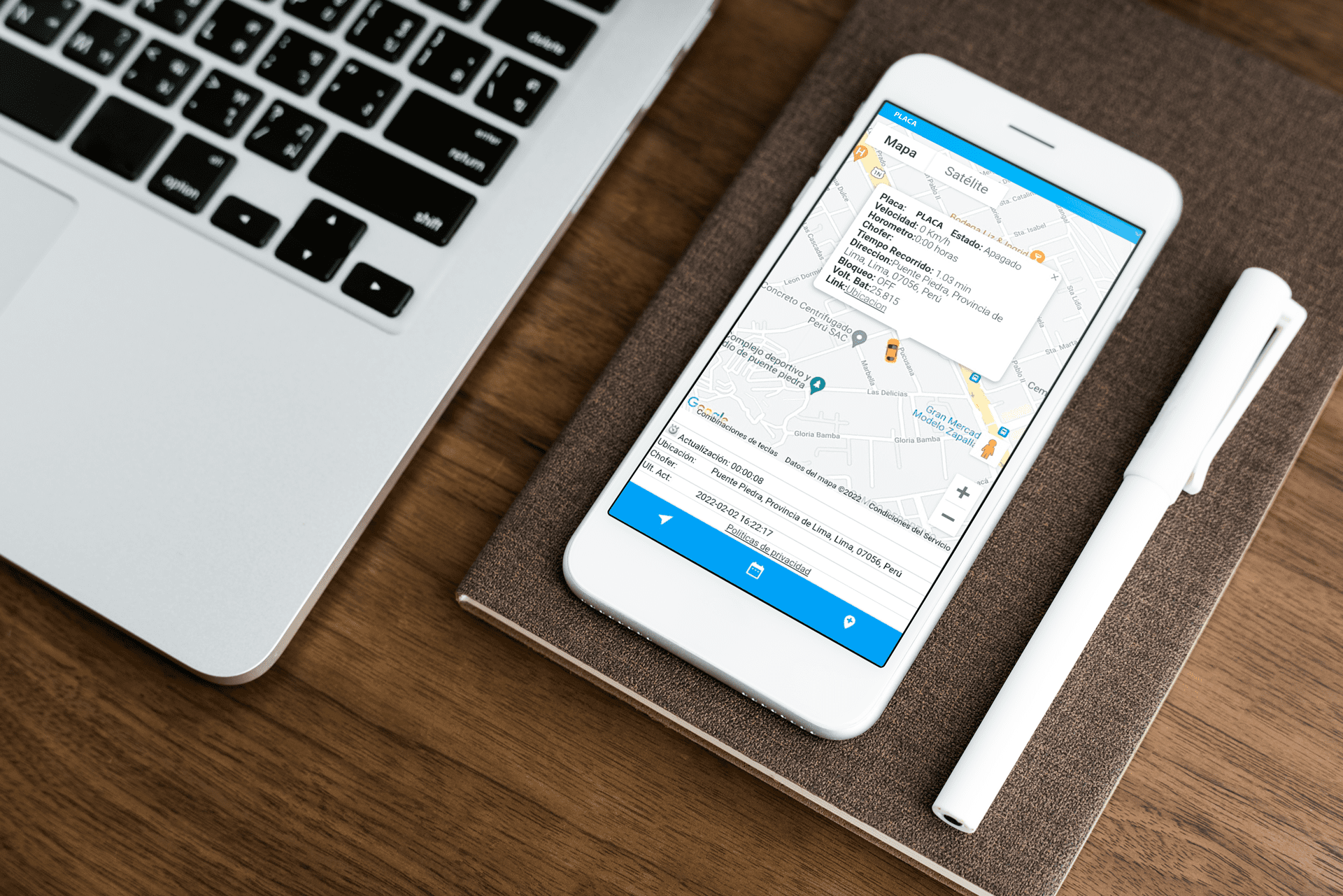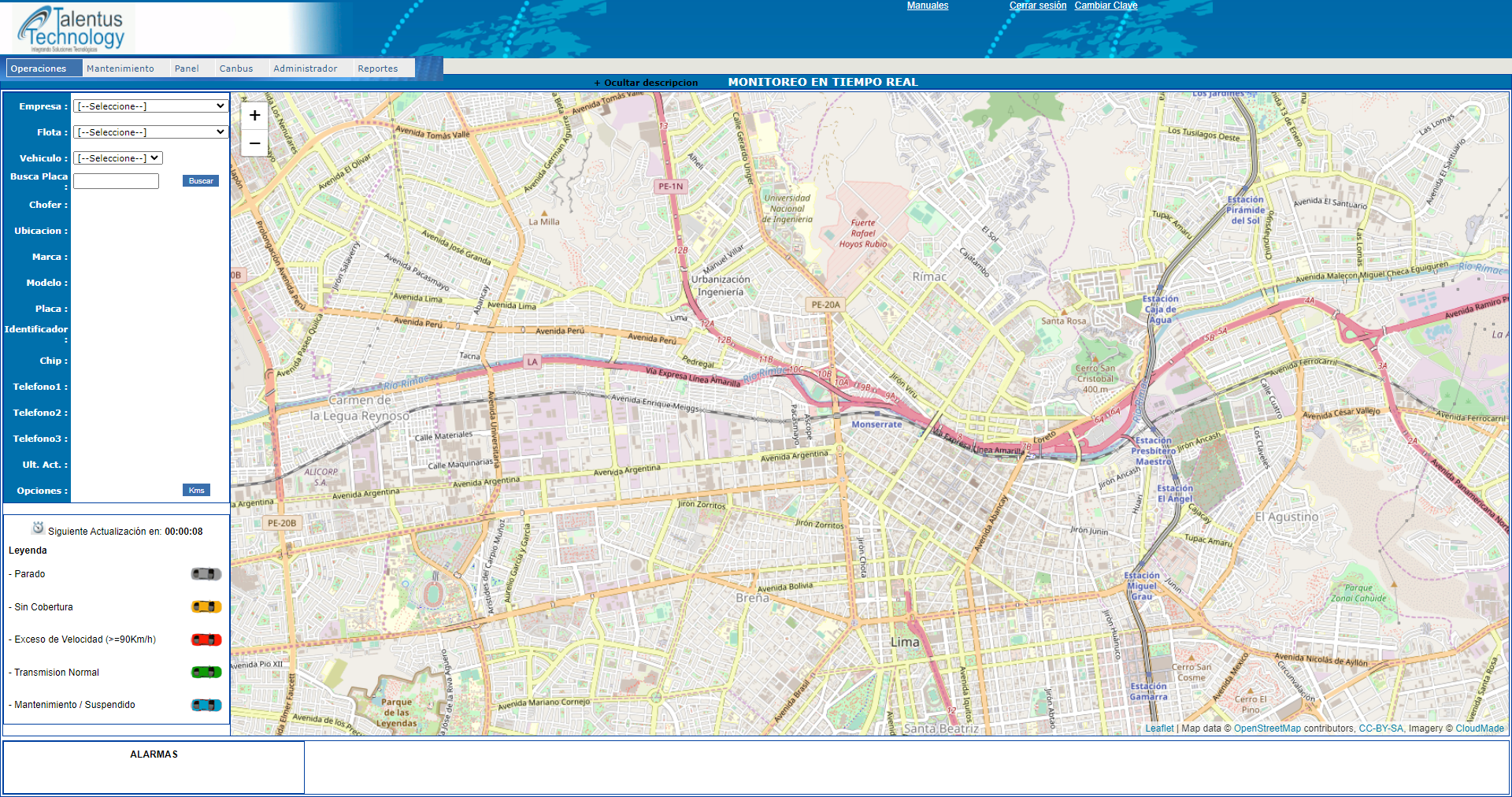Run Conditions: Work on conditions (machine opportunity, beam strength, address polarization, an such like
Databases: Database machine was managed from the SpinQuest and you may regular pictures of databases posts is kept also the systems and you may records called for because of their healing.
Journal Courses: SpinQuest uses a digital logbook system SpinQuest ECL with a databases back-avoid handled of the Fermilab It department and SpinQuest collaboration.
Calibration and you can Geometry database: Powering criteria, and the detector calibration constants and you will alarm geometries, is actually kept in a databases during the Fermilab.
Analysis app resource: Data data software program is establish inside SpinQuest repair and you will data bundle. Efforts towards bundle come from multiple supplies, college groups, Fermilab users, off-webpages research collaborators, and businesses. In your town authored software source password and create files, in addition to benefits out of collaborators was stored in a difference government system, git. Third-class software is handled of the app maintainers beneath the supervision from the research Functioning Group. Supply password repositories and you may handled 3rd party bundles are continuously supported around the fresh College or university away from Virginia Rivanna shop.
Documentation: Papers is obtainable on https://bobbycasino.net/nl/ line when it comes to stuff sometimes handled from the a material administration system (CMS) such as an excellent Wiki for the Github otherwise Confluence pagers or because fixed web sites. This content try supported continuously. Most other files on the software program is marketed via wiki users and you will includes a mixture of html and you can pdf files.
SpinQuest/E10129 is a fixed-target Drell-Yan experiment using the Main Injector beam at Fermilab, in the NM4 hall. It follows up on the work of the NuSea/E866 and SeaQuest/E906 experiments at Fermilab that sought to measure the d / u ratio on the nucleon as a function of Bjorken-x. By using transversely polarized targets of NH12 and ND3, SpinQuest seeks to measure the Sivers asymmetry of the u and d quarks in the nucleon, a novel measurement aimed at discovering if the light sea quarks contribute to the intrinsic spin of the nucleon via orbital angular momentum.
While much progress has been made over the last several decades in determining the longitudinal structure of the nucleon, both spin-independent and -dependent, features related to the transverse motion of the partons, relative to the collision axis, are far less-well known. There has been increased interest, both theoretical and experimental, in studying such transverse features, described by a number of �Transverse Momentum Dependent parton distribution functions� (TMDs). T of a parton and the spin of its parent, transversely polarized, nucleon. Sivers suggested that an azimuthal asymmetry in the kT distribution of such partons could be the origin of the unexpected, large, transverse, single-spin asymmetries observed in hadron-scattering experiments since the 1970s [FNAL-E704].
So it is perhaps not unrealistic to imagine the Sivers functions can also disagree
Non-no beliefs of the Sivers asymmetry was in fact counted for the semi-inclusive, deep-inelastic scattering studies (SIDIS) [HERMES, COMPASS, JLAB]. The brand new valence right up- and down-quark Siverse services were noticed as similar in proportions however, that have reverse indication. No answers are readily available for the sea-quark Sivers functions.
One of those ‘s the Sivers mode [Sivers] and this stands for the newest correlation between the k
The SpinQuest/E1039 experiment will measure the sea-quark Sivers function for the first time. By using both polarized proton (NHtwenty three) and deuteron (ND3) targets, it will be possible to probe this function separately for u and d antiquarks. A predecessor of this experiment, NuSea/E866 demonstrated conclusively that the unpolarized u and d distributions in the nucleon differ [FNAL-E866], explaining the violation of the Gottfried sum rule [NMC]. An added advantage of using the Drell-Yan process is that it is cleaner, compared to the SIDIS process, both theoretically, not relying on phenomenological fragmentation functions, and experimentally, due to the straightforward detection and identification of dimuon pairs. The Sivers function can be extracted by measuring a Sivers asymmetry, due to a term sin?S(1+cos 2 ?) in the cross section, where ?S is the azimuthal angle of the (transverse) target spin and ? is the polar angle of the dimuon pair in the Collins-Soper frame. Measuring the sea-quark Sivers function will allow a test of the sign-change prediction of QCD when compared with future measurements in SIDIS at the EIC.










